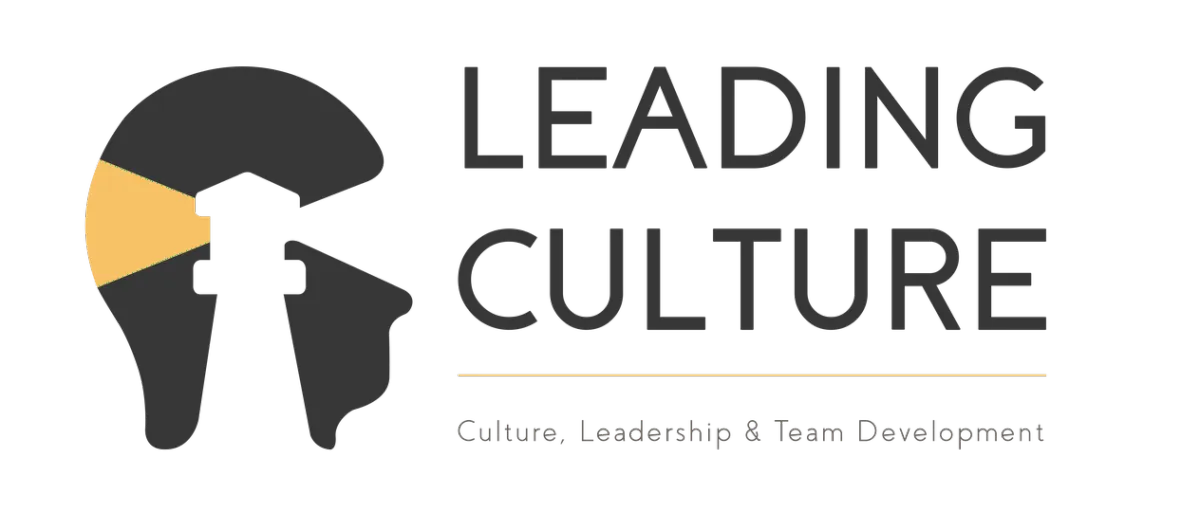
How Zoom broke a monopoly
Zoom – Lessons on breaking a monopoly
Founded in 2011, Zoom Video Communications quickly emerged as one of the world’s leading video conferencing platforms. CEO Eric Yuan conceived the idea for Zoom from his frustration with the existing video conferencing solutions (remember Skype in the early 2000's?) he wanted to create a simpler, more reliable platform. With a mission to make video communication seamless and effective, it took Zoom's 40 engineers just two years to launch Zoom meetings to the public.
Zoom Meetings quickly became known for its simplicity, reliability, and user-friendly interface and added 400,000 users during it's first month. Growth was slow until 2015 when Zoom expanded it's offerings to educational institutions and individual consumers and secured several rounds of funding for further expansion. A highly successful IPO on the NASDAQ in April 2019 secured an additional $350M of funding. By 2020, it wasn’t just a platform—it was a vital connection for remote work, education, and social interaction during the COVID-19 pandemic.
Source: Franco Cedillo, LinkedIn
Challenges
Explosive Growth in Demand: Unprecedented Growth: Daily meeting participants jumped from 10 million in December 2019 to over 300 million by April 2020. Scaling infrastructure to meet this massive demand was critical. (Source: Statista)
Security Concerns: As usage surged, Zoom became a target for cyberattacks and "Zoombombing" incidents, raising concerns about its security measures. (Source: Zoom Investor Relations)
Intense Competition: With competitors like Microsoft Teams, Google Meet, and Cisco Webex in the same space, standing out became more important than ever.
Solutions
Scalability and Infrastructure: Zoom rapidly scaled its cloud-based infrastructure, ensuring reliable service even during peak usage. (Source: Zoom Investor Relations)
Enhanced Security: Features like end-to-end encryption, waiting rooms, and passcode protection were introduced to ensure user privacy and safety. (Source: Zoom Investor Relations)
Continuous Innovation: Zoom introduced features like breakout rooms, virtual backgrounds, and advanced analytics catering to everyone from small businesses to educational institutions. (Source: Statista)
Customer-Centric Approach: By offering a free version of its platform with robust features, Zoom ensured accessibility for individuals, schools, and small businesses during a challenging time. (Source: Amazing Workplaces)
Results
Zoom’s strategic initiatives delivered remarkable outcomes:
Revenue Growth: In fiscal year 2021, Zoom achieved a staggering revenue of $2.65 billion, up from $623 million in fiscal year 2020, marking a 325% year-over-year increase. (Source: Statista)
Global Reach: The platform became a household name, hosting millions of daily users across over 200 countries and territories. (Source: Zoom Investor Relations)
Customer Retention: Its reliability and user-focused features helped Zoom retain existing customers and expand its enterprise reach. (Source: Statista)
The Role of Workplace Culture
Zoom’s success wasn’t just about technology. Its strong workplace culture fueled sustainable growth.
Happiness as a Core Value: CEO Eric Yuan built a workplace centered on employee well-being and satisfaction, fostering a positive culture from top to bottom. (Source: Amazing Workplaces)
Flexibility and Well-Being: Zoom’s employee-centric policies include flexible work options, wellness programs, and initiatives to support mental health. (Source: Amazing Workplaces)
Transparency and Trust: Open communication and trust within the organization created an inclusive and collaborative environment. (Source: Amazing Workplaces)
Key Lessons
Zoom’s journey shows it is possible to grow rapidly without compromising quality or employee satisfaction. I note several key lessons from this case study.
Focus on Users: Continuously innovating to meet customer needs is essential is a highly competitive market.
Plan for Growth: The scalable infrastructure ensured Zoom provided reliable, smooth operations even during rapid demand surges.
Employee-Centric Culture: Prioritizing employee happiness and well-being creates a motivated workforce, which directly contributes to organizational success.
As Zoom continues to evolve, its ability to balance innovation, scalability, and a people-centric approach serves as a powerful model for businesses navigating a rapidly changing world.
Sources:
https://www.zoom.com/en/about/
https://amazingworkplaces.co/zooms-work-culture-a-leading-example-of-employee-centric-practices/
https://investors.zoom.us/node/12711/pdf
https://www.statista.com/chart/21906/zoom-revenue/
https://en.wikipedia.org/wiki/Zoom_%28software%29?
https://www.linkedin.com/pulse/brief-history-zoom-md-morsaline-mredha-cforc/#


